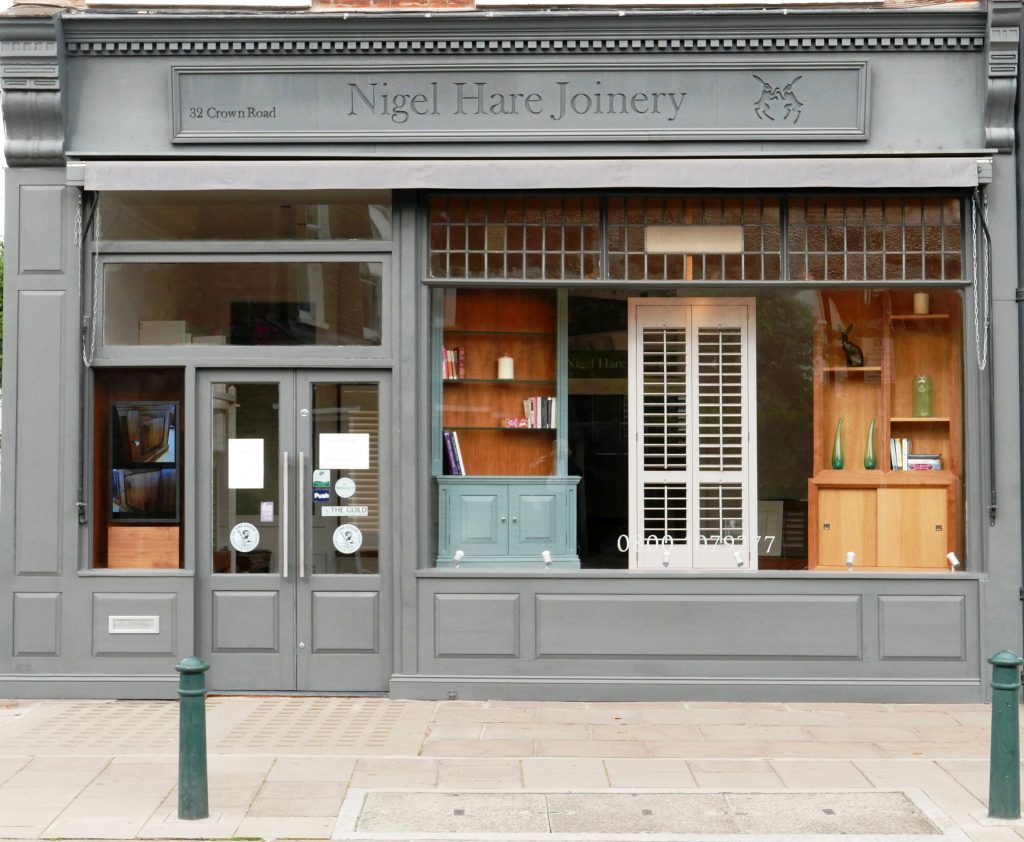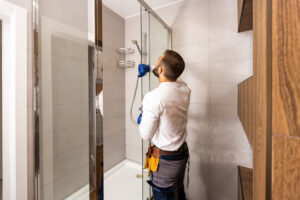
When was the last time a shopfront caught your eye and made you stop and look? Chances are, it had something unique—something timeless. That “something” is often timber.
Timber shop fronts offer a warm, classic look that never goes out of style. Whether you run a boutique, a café, or an upscale store, timber adds character and charm that instantly elevates your business exterior. In this guide, we’ll explore the world of timber shop fronts—what they are, why they matter, and how to make the most of them.
Table of Contents
| Sr# | Headings |
|---|---|
| 1 | What Is a Timber Shop Front? |
| 2 | Why Choose Timber Over Other Materials? |
| 3 | Types of Timber Used |
| 4 | Modern vs Traditional Timber Designs |
| 5 | Benefits of Timber Shop Fronts |
| 6 | Customisation Options |
| 7 | Maintenance and Durability |
| 8 | Timber and Sustainability |
| 9 | Costs Involved in Timber Shop Fronts |
| 10 | Planning Permissions and Regulations |
| 11 | Timber Shop Fronts for Listed Buildings |
| 12 | Choosing the Right Timber Shop Front Company |
| 13 | Enhancing Security in Timber Shop Fronts |
| 14 | Glass and Timber – The Perfect Match |
| 15 | Final Thoughts – Style That Lasts |
1. What Is a Timber Shop Front?
A timber shop front is the outer, street-facing part of a shop or commercial building made using high-quality wood. It’s more than just a door and window—it’s the first impression your business makes. Think of it as your store’s smile.
2. Why Choose Timber Over Other Materials?
While aluminium and glass are popular choices, timber offers something special:
-
Aesthetic warmth and elegance
-
Unique natural grain and finish
-
Custom shapes and carving
-
Ideal for heritage and conservation areas
Timber speaks of craftsmanship and tradition—qualities that inspire trust and admiration.
3. Types of Timber Used
Not all wood is created equal. Here are some common types used in shop fronts:
-
Hardwood (e.g., oak, sapele, mahogany): Durable and luxurious
-
Softwood (e.g., redwood, pine): Cost-effective and easy to work with
-
Engineered timber: Stable, sustainable, and great for modern builds
Each has its advantages, and the best choice depends on your budget and style.
4. Modern vs Traditional Timber Designs
You don’t have to stick with old-fashioned styles (unless you want to!). Timber can be:
-
Traditional: Ornate cornices, columns, and hand-carved details
-
Modern: Clean lines, large glass panels, minimalist frames
Whatever your brand’s personality, timber can match it beautifully.
5. Benefits of Timber Shop Fronts
Why do so many shops still choose timber today? Here’s why:
-
Timeless Appeal: Never looks dated
-
Custom Design: Tailor every detail to your brand
-
Strong & Sturdy: Built to last
-
Thermal Performance: Naturally insulating
-
Noise Reduction: Great for busy streets
6. Customisation Options
One size doesn’t fit all. With timber, you can:
-
Choose any colour or stain
-
Add carvings, moldings, and trims
-
Combine with glass or metal
-
Use unique door and window configurations
From antique to ultra-modern—if you can imagine it, it can be built.
7. Maintenance and Durability
Yes, timber needs a little care—but not as much as people think:
-
Repaint or reseal every few years
-
Inspect joints and seals annually
-
Clean regularly to prevent rot or warping
Well-maintained timber can last decades—sometimes over 50 years!
8. Timber and Sustainability
Worried about the environment? Good news—timber is eco-friendly when sourced responsibly.
-
Look for FSC-certified timber
-
Many suppliers use reclaimed or sustainably harvested wood
-
Wood is renewable, recyclable, and absorbs CO₂
It’s the green choice for a greener planet.
9. Costs Involved in Timber Shop Fronts
Prices can vary widely based on:
-
Type of wood
-
Size and design complexity
-
Glazing and security features
-
Location and installation costs
Typical range: £3,000 – £10,000+
While not the cheapest option, timber is an investment in style and longevity.
10. Planning Permissions and Regulations
In conservation areas or for listed buildings, planning permission may be required. Make sure your design:
-
Matches the architectural style of the area
-
Follows local council regulations
-
Uses approved materials and finishes
Always check before installing.
11. Timber Shop Fronts for Listed Buildings
Timber is often the only approved material for listed buildings or heritage zones. Skilled craftsmen can replicate original features to keep your property compliant and charming.
12. Choosing the Right Timber Shop Front Company
Look for:
-
Proven experience with timber work
-
Portfolio of past shop fronts
-
Use of sustainably sourced materials
-
Warranties on workmanship
-
Good reviews and word-of-mouth reputation
This isn’t a DIY job—trust the pros!
13. Enhancing Security in Timber Shop Fronts
Timber doesn’t mean less protection. Secure your shop with:
-
Reinforced glass
-
High-security locks
-
Hidden steel cores
-
CCTV and alarm systems
Beauty and safety can go hand in hand.
14. Glass and Timber – The Perfect Match
Nothing says premium like timber framing large panes of glass. This combo lets in light while still offering strength, privacy, and elegance.
Great for cafés, salons, and boutique shops that want an inviting, open feel.
15. Final Thoughts – Style That Lasts
Timber shop fronts are more than just an entrance—they’re a statement. They combine charm, performance, and personality like no other material.
If you’re looking to create a storefront that turns heads and tells your story, timber could be the perfect fit.



